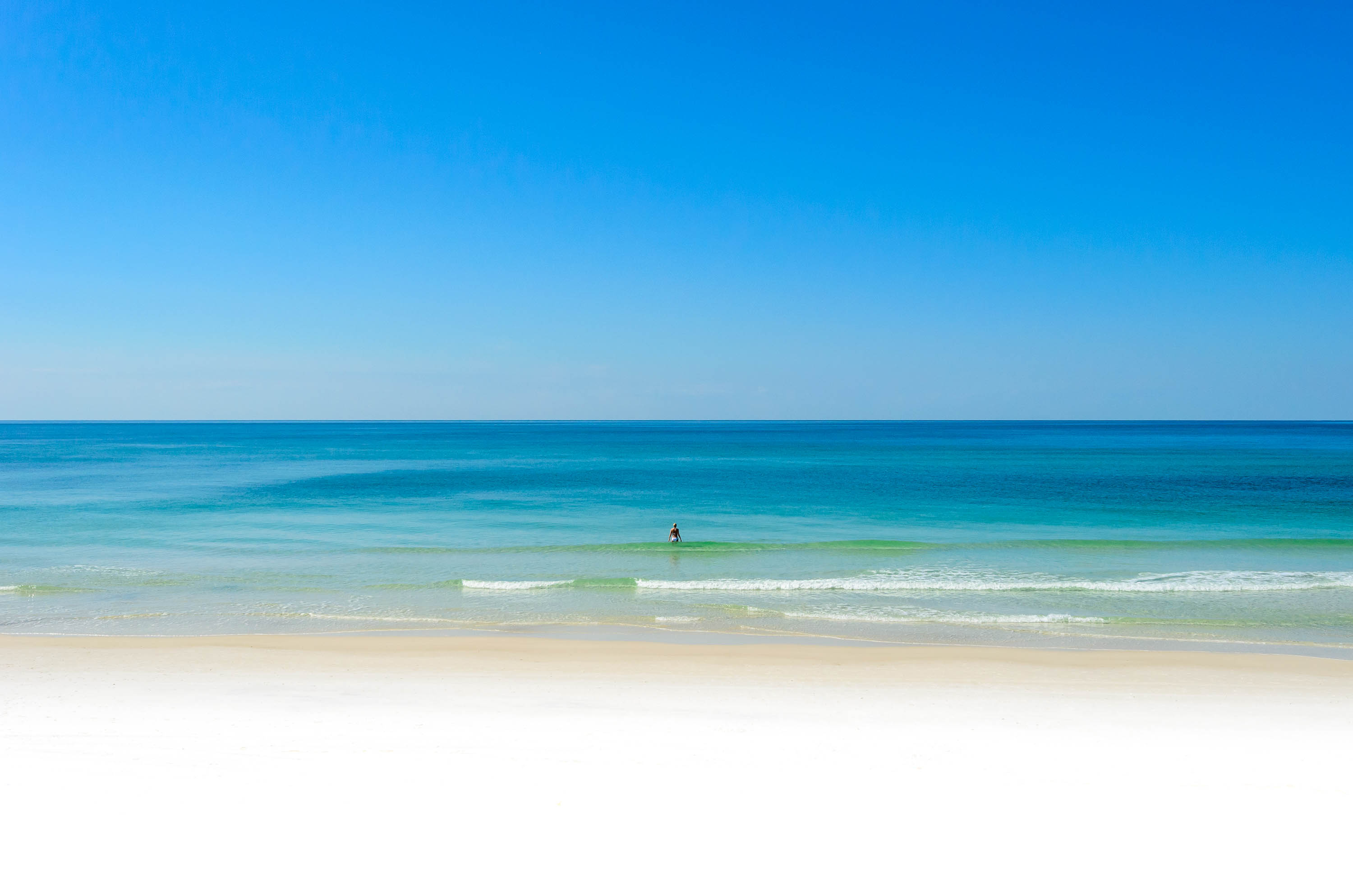The Tide has everything to do with it. Real Real High tides and especially when the tide is at max ebb and max flow! Nana nana boo boo

:funn:


While you could argue that tides increase water levels and thus would lead to a piling effect of water in the lee of breakwaters, the predominant rip current force is experienced due to increasing wave energy. That is why in green flag conditions there is likely very little current passing between the underwater sand bars during high low and mid-tides but when the waves pick up, they rip. This is especially in the Gulf of Mexico where you have a microtidal environment.
http://www.ripcurrents.noaa.gov/signs/rip_brochure_final.pdf
Here's another good source and note on the page about facts, it says, "Rip currents are not “undertow” or “riptides.” These improper terms should not be used to describe them."
In conferring with the final, all-knowing source, I find this for runout:
http://en.wikipedia.org/wiki/Special:Search?search=runout&go=Go
and this for rip current
http://en.wikipedia.org/wiki/Rip_current
Please note they say in the second sentence that, "It is often called a "
rip tide" or "
riptide", though the occurrence is not related to tides."
Semantics and discussion aside. I am glad you posted it because they are dangerous and if a lifeguard says stay out or a red flag is flying, the majority of people should not be in the water. Let the surfers have their fun unimpeded.

 :funn:
:funn:

 Hello again. Another thing that is easy for people to spot is the shape of the beach. If the beach has "horns and cusps" where there is a point and then the beach cuts back and then goes back out to another point, the cusp area where the beach is cut back is a very likely spot to locate a rip current. This is because a sand bar is welding back on shore at the locations of the points.
Hello again. Another thing that is easy for people to spot is the shape of the beach. If the beach has "horns and cusps" where there is a point and then the beach cuts back and then goes back out to another point, the cusp area where the beach is cut back is a very likely spot to locate a rip current. This is because a sand bar is welding back on shore at the locations of the points. 











